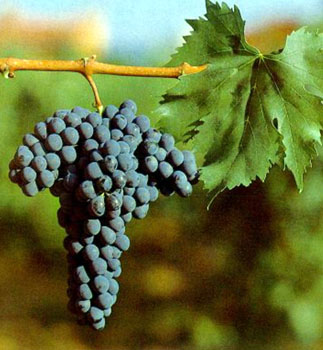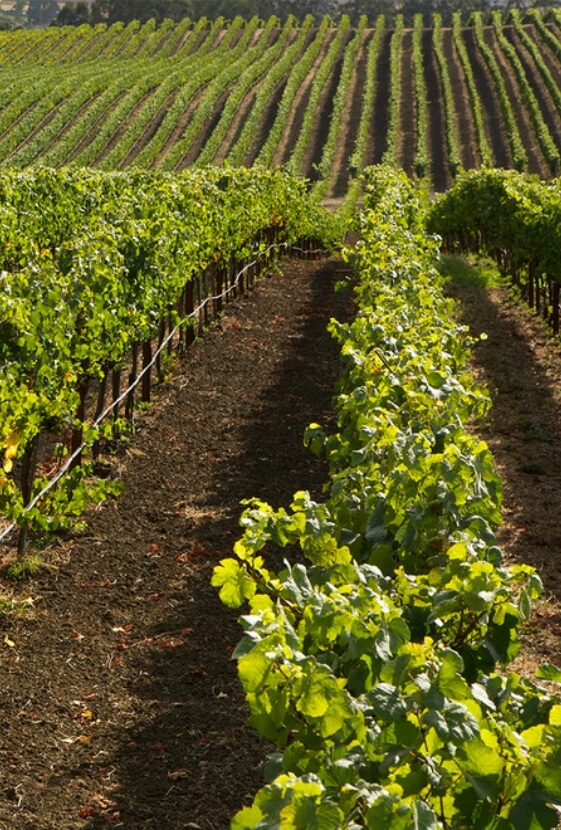
Grape Glossary
Chianti and Chianti Classico account for the majority of Sangiovese-based wines. These blends can include small amounts of Cannaiolo, Trebbiano and Cabernet Sauvignon. Sangiovese is also an important component in other DOCG and DOC wines such as Vino Nobile di Montepulciano, Carmignano, Torgiano, Montefalco Rosso, Pomino and Rosso Piceno, as well as in numerous IGT Super Tuscan wines, often with Cabernet, Merlot and Syrah. Brunello di Montalcino is the only unblended DOCG Sangiovese (as the specific clone of the variety called Brunello). The fruit is generally light in color and extract, high in acid and tannin, only moderate in sugar and alcohol, and earthy rather than fruity.
Sangiovese is a moderately warm climate vine that is not highly vigorous or very productive. It ripens late and requires abundant sunlight. It is ideally planted on well drained south and southwest facing slopes. Sangiovese does best in a dry climate and is especially vulnerable to harvest rain. Clay soil can yield good wines, but the finest come from vines planted in a crumbly shale called galestro and in a limestone clay called alberese.
This ancient native Tuscan vine was probably first cultivated by the Etruscans and is one of Italy’s oldest red varieties. The name, from the Latin sanguis Jovis, means blood of Jupiter. Genetically unstable, it is thought to have split in the early 1800s into two subvarieties: the superior Sangiovese Grosso and the Sangiovese Piccolo, then into many clonal variations, some of which add a place name to Sangiovese.

